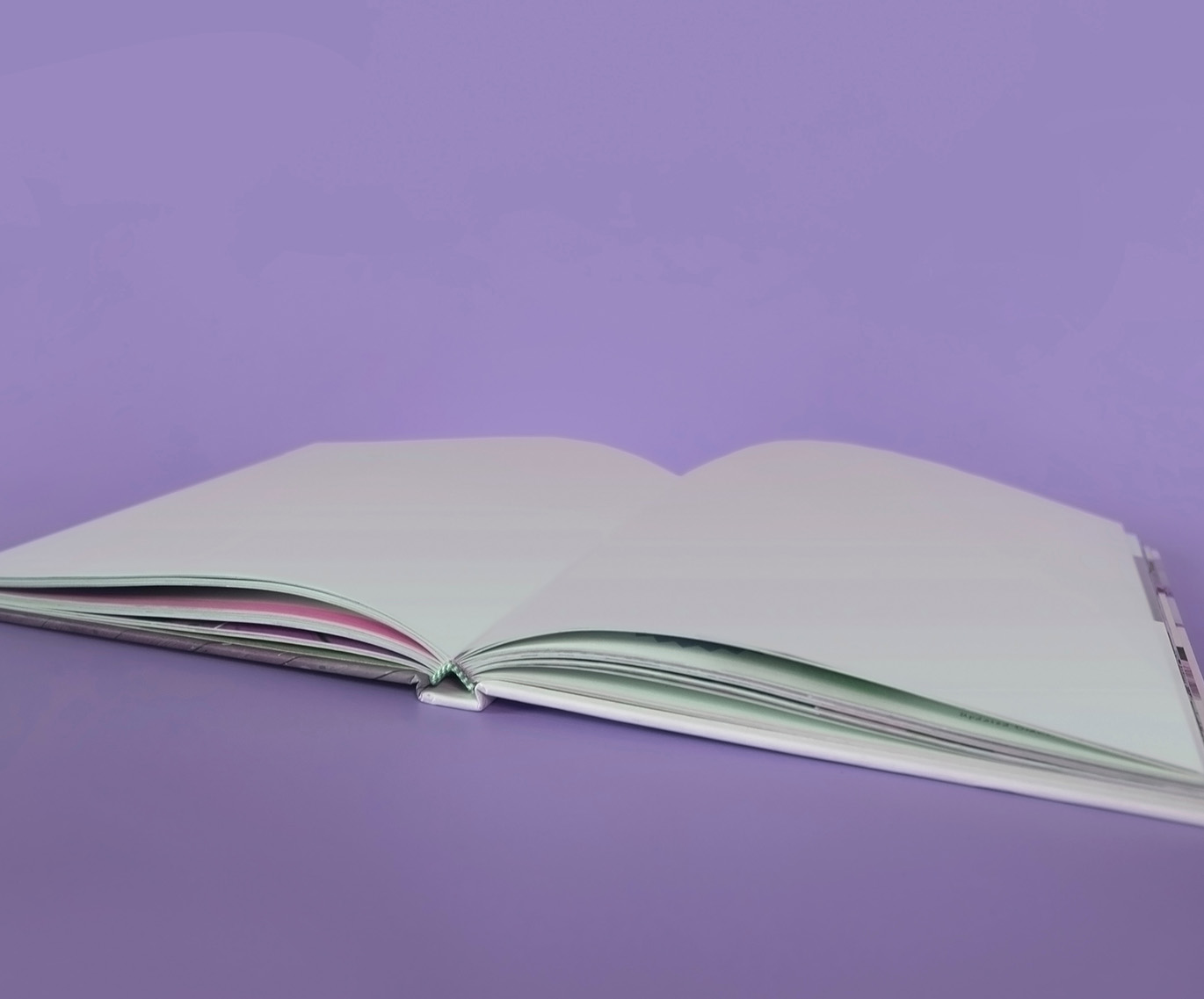

Mastering Marketing Translation
Once upon a time all marketing collateral was produced for print, however, as eCommerce and online business continues to grow so does the need to transfer marketing to digital forms such as web banners, newsletters, email marketing, and of course PPC (pay-per-click) ads.
Although the web reigns supreme, there is still a place in the world for print. If your business attends international trade shows and exhibitions, then I can guarantee that you will need to translate promotional print materials like brochures, flyers, exhibition pull-ups, business cards and even catalogues.
Regardless of the form of media you utilise, there are some important considerations to bear in mind when localising marketing content.
1. Translation, transcreation or copywriting?
Marketing content tends to be more creative in nature which means that it’s important to consider the method of localisation that will best suit your company and written content.
We present three options to our clients, each suited to different types of content. Let’s look at these now…
Translation
Many believe that translation is simply converting text from one language to another, word-for-word, however this couldn’t be farther from the truth. A good translation is a localisation, meaning that the linguist takes care to make the translated content flow naturally in the target language using local nuances, cultural references and terminology.
This method works well for catalogues, newsletters, business cards and potentially brochures.
Transcreation
Transcreation goes one step further whereby the linguist follows the source, localising as they go, but has more freedom when it comes to the structure of the sentences and paragraphs. Additional information can be created in line with the client brief, or content can be removed if it’s not relevant for the target market.
This is best suited to email marketing, web banners, flyers, pull-ups and brochures.
Copywriting
Depending on just how creative the source text is or its intended use, it might be more productive to create new content in the target language. Here a professional copywriter is employed to write directly in their native language following a detailed brief, referring to the original source for inspiration, and making use of company style guidelines and glossaries.
Copywriting is best suited to emailers, banners, blogs, and PPC ads which need to be written specifically for the target customer.
Each of these methods requires a different skill set and tools. Please note that CAT tools and translation memory can only be used for translation. In the case of transcreation and copywriting the linguist will have to rework the whole text and therefore cannot leverage from previously translated content. This also leads to increased costs, but more creative localised content. You should identify what is more important to you and your business before making your decision.
Learn more about CAT tools in our post on the topic.
2. File formats
Marketing content, in whatever form, tends to be very design heavy and many companies task external design agencies the job of creating and maintaining their creative content.
With the rising popularity of Adobe Creative Cloud, most agencies use Adobe InDesign, Adobe Photoshop, Adobe Illustrator and Adobe FrameMaker during the design process. There are many other design packages out there including QuarkXPress, Coral Draw and Microsoft Publisher, however their use seems to be dying out.
What is important to remember here is that translation providers are very limited in what they can do if you just send them a PDF. If you want to be able to quickly and efficiently produce a localised version of your company brochure then you want to be sure to send your chosen partner the original, editable source files used by either yourselves or your design agency.
I can guarantee that if you send a PDF for translation you will be asked to produce the originals so make sure you keep them to hand including any special fonts, images and links that have been used during the creative process.
3. Images
Like PDFs, static image files like JPEGs are not translation-friendly so the original source files should also be provided if you need your web banners localising for example.
In our experience clients often can’t find the original image files so the only option is to recreate the image as best as possible. This involves many more steps, which subsequently results in higher costs, longer lead times, and a poorer, low-resolution version of the original. Bear this in mind when working with your translation partner and ask them about their approach to image localisation.
4. Desktop publishing
Once you have had your files and images localised, the next step is to tidy up the design ready for print. Desktop publishing or typesetting ensures that the translated text is carefully incorporated into the original design and that any adjustments to layout, font, etcetera are made to accommodate the target text.
The first question to ask is; who is going to complete this step? If you have an external design agency it’s likely that you will want then to handle the desktop publishing as they created the original, however, be sure to ask them about their experience working with other languages. Alternatively, most language service providers also offer desktop publishing to their clients, delivering fully localised marketing materials that are distribution ready.
5. Visual QA checks
After the documents have been typeset it is advised that a final visual quality check is conducted before the files are delivered to the client. Ideally this should be done by the original translator who will conduct both a linguistic and cosmetic check to ensure that the text has been correctly incorporated, that the font style and size is appropriate in their native language whilst identifying any potential errors which were introduced at the desktop publishing stage.
You could also ask your in-country representatives to conduct this step, however any suggested amends must be fed back to whoever did the typesetting so that they can implement the changes and re-deliver the files.
Be sure to check any additional costs which apply here, for example, most translation providers will include one round of amends in the cost of translation, with additional rounds being charged at an hourly rate.
Once you have considered all of the above and defined your approach to marketing translation, you should detail your strategy in your style guidelines to be used by both your internal content creators and translators. For more information on style guides head over to our post on the Fundamentals of Translation.
Here at Ultimate Languages we are fully aware that no marketing project is the same and that from time to time it is difficult for clients to locate the original source files, but there’s always a suitable solution in the end. To discuss your marketing translation requirements with a member of our team please contact us here.
We speak your language
Get in touch